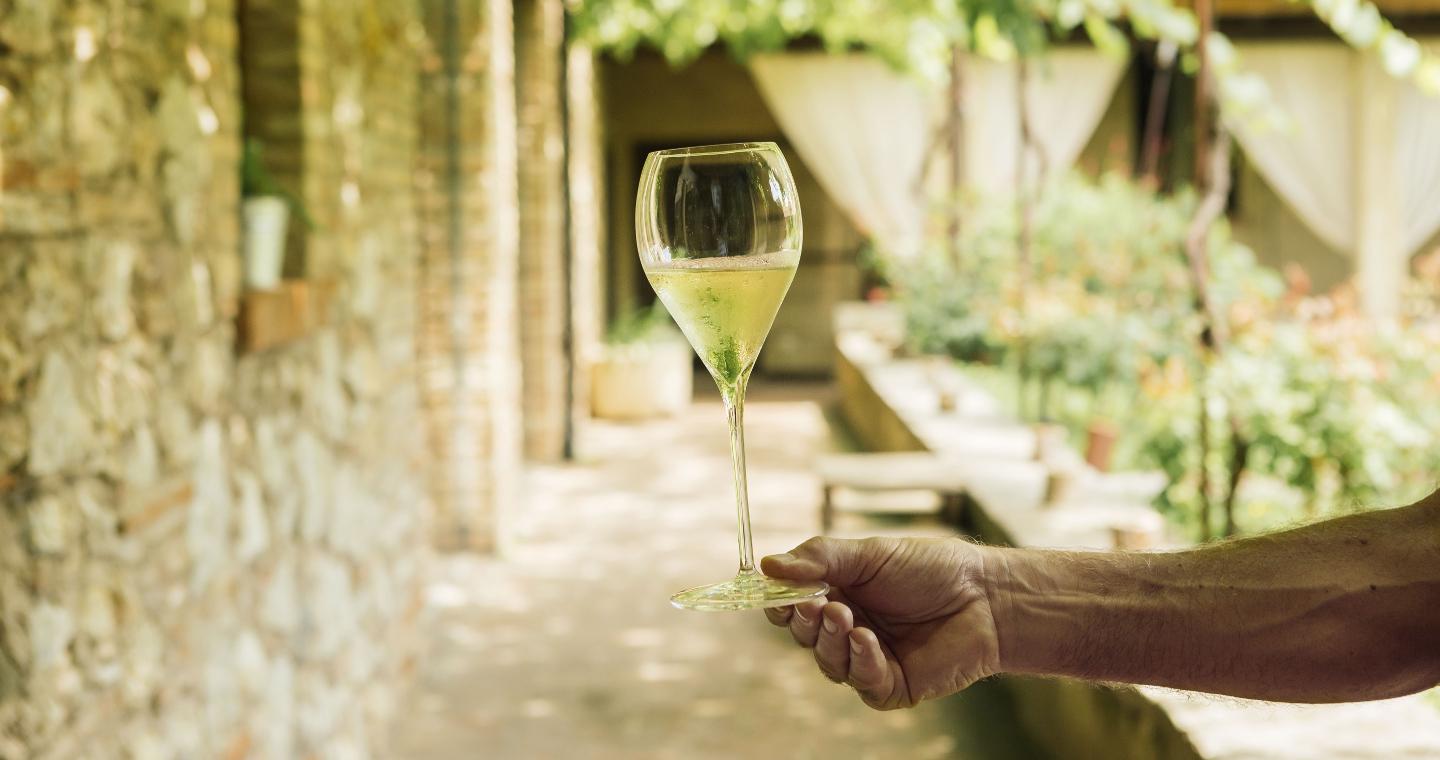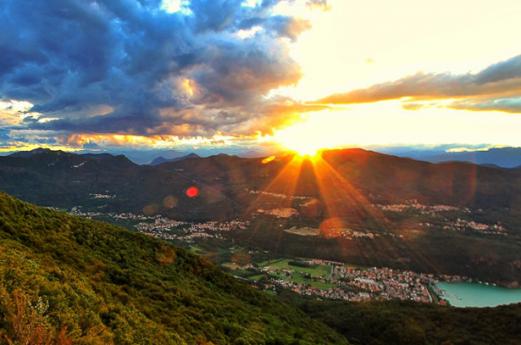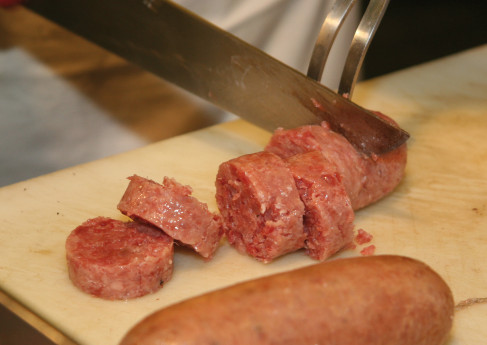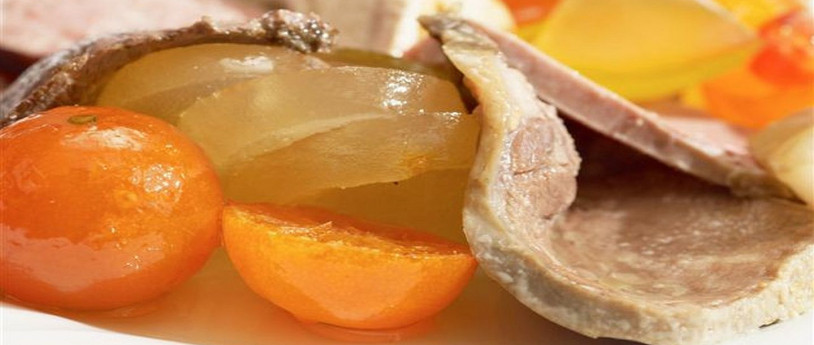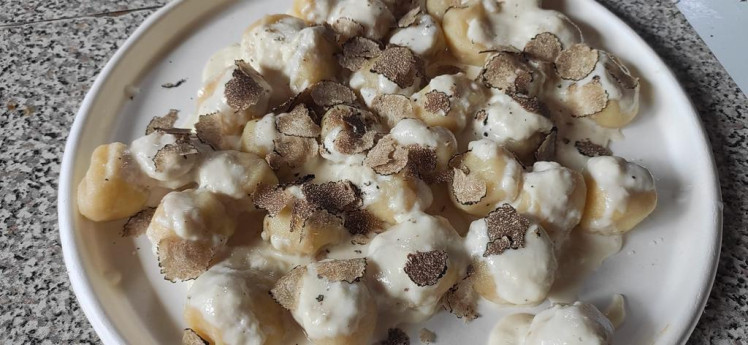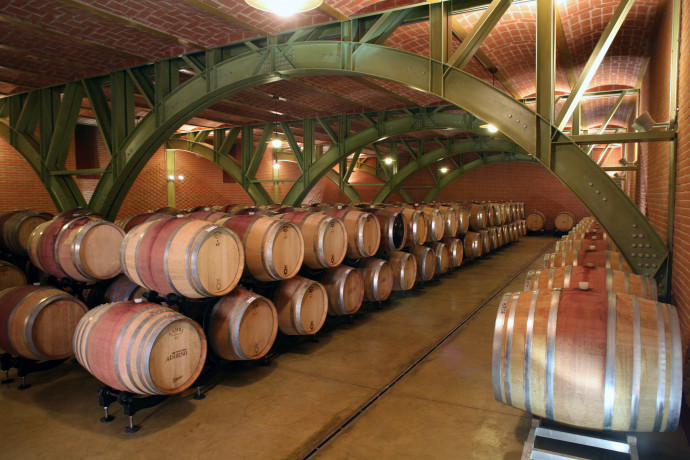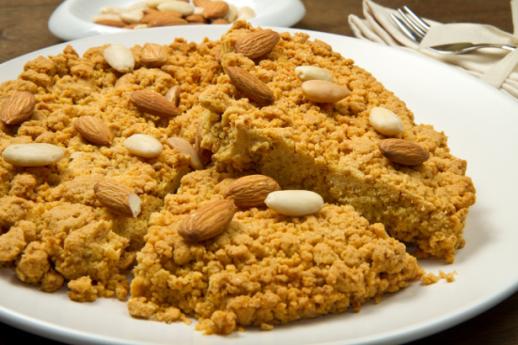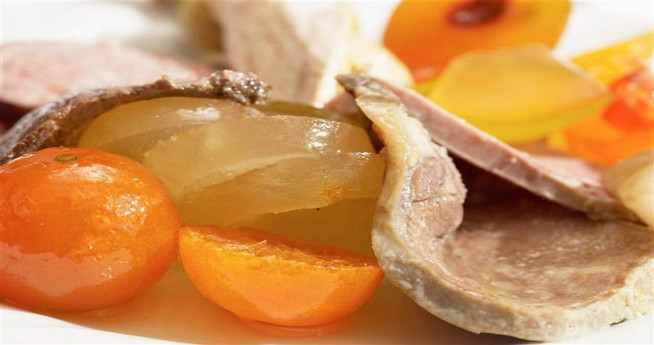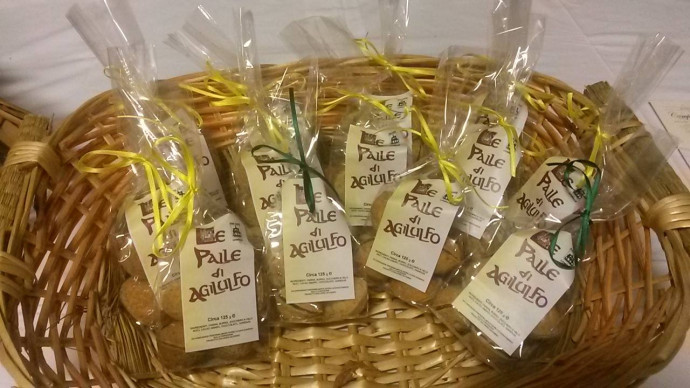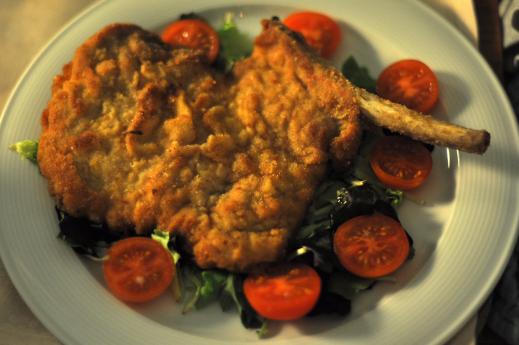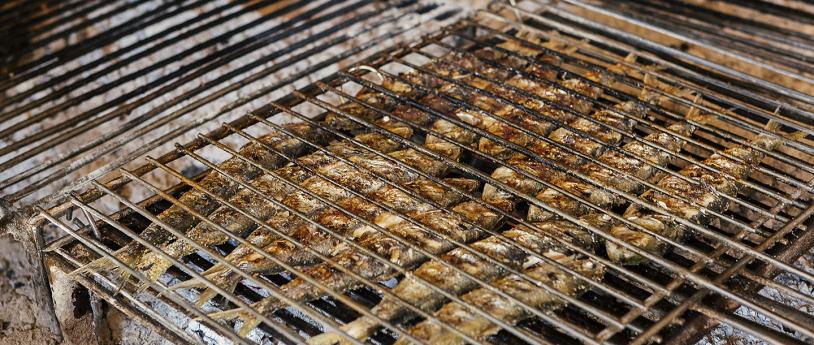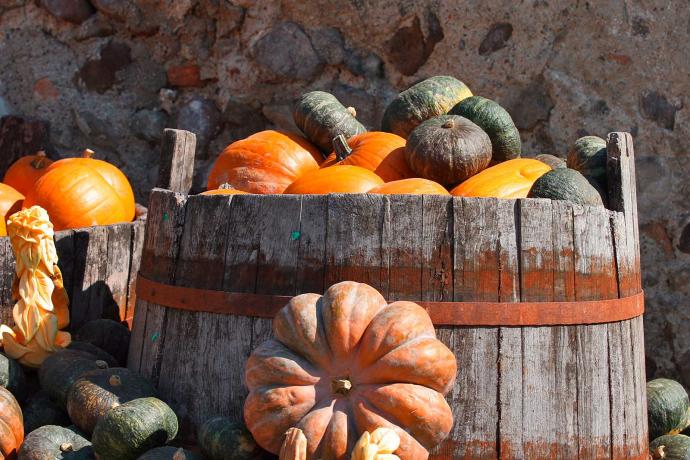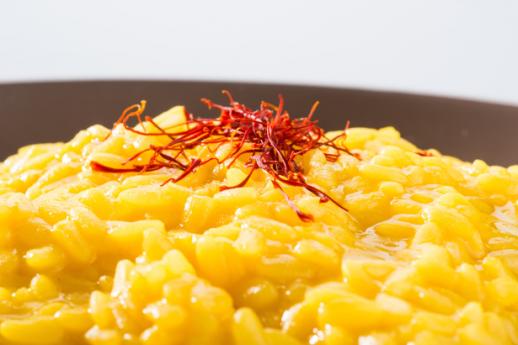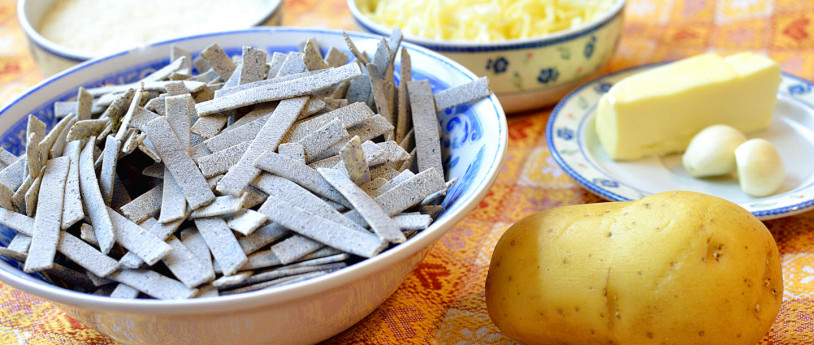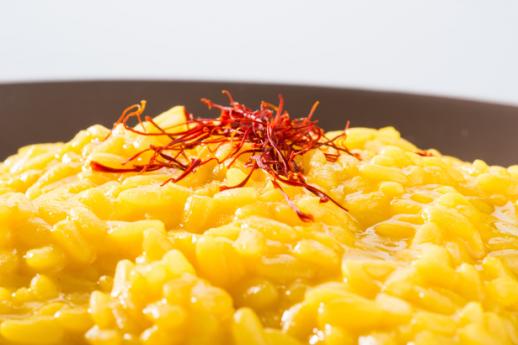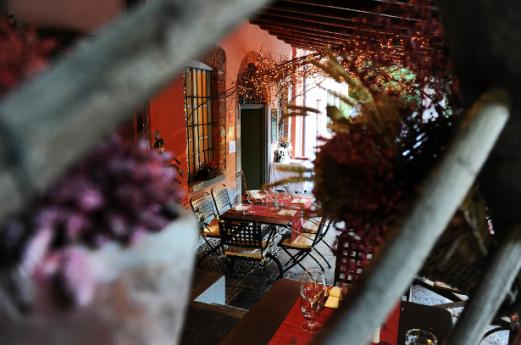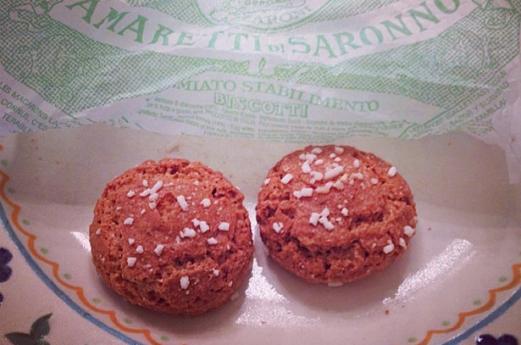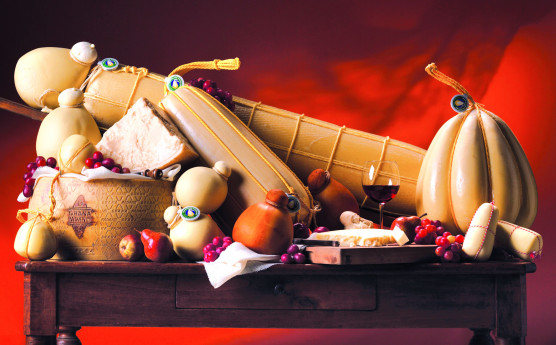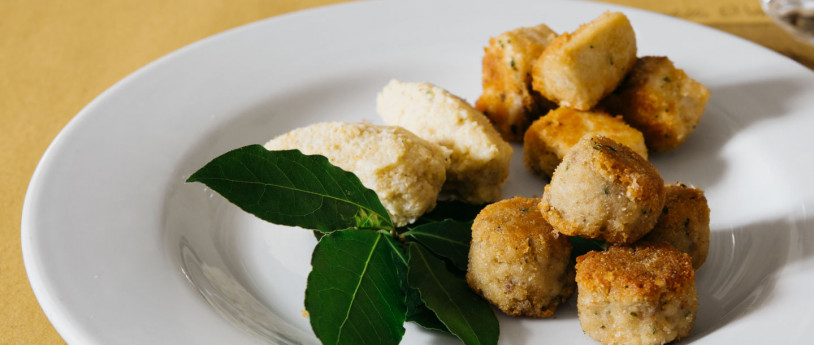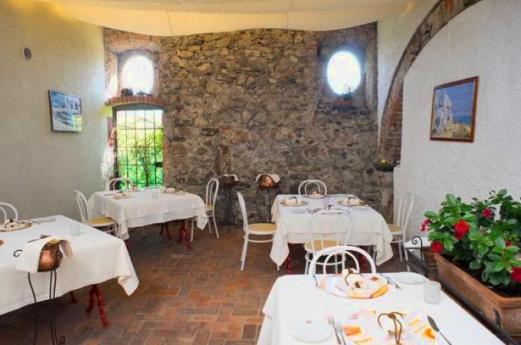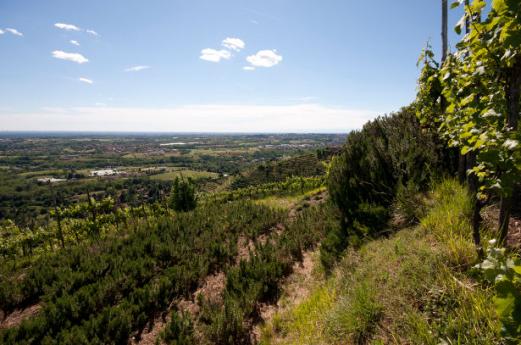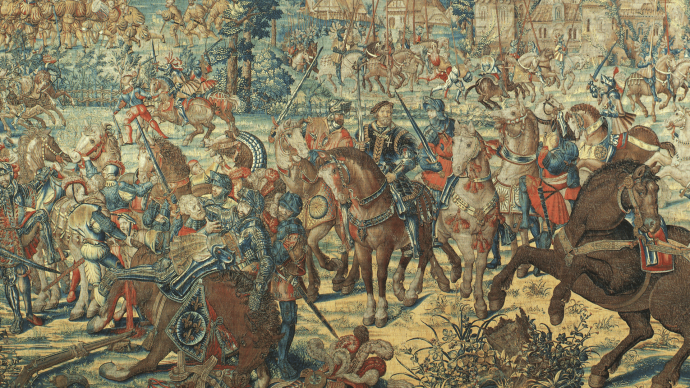- Food & Wine
- Active & Green
Franciacorta, a land of excellence
The humble local dishes stand alongside traditional and prestigious wines. A journey through the flavors of Franciacorta
Situated between the plains and the Prealps, this area is home to no provincial capitals but is held together by… bubbles.
Franciacorta is the birthplace of the first traditional method Italian sparkling wine to earn DOCG certification, its Pinot Nero, Pinot Bianco and Chardonnay grapes enjoying perfect climatic conditions created by their breezy location on the south of Lake Iseo and Val Camonica. The area’s sparkling wine traditions go back many centuries: the Brescian Gerolamo Conforti wrote his Libellus de Vino Mordaci essay on fermentation in the bottle in 1570, nearly a year before the monk Dom Pérignon came along in Champagne.
One of the unique varieties of Franciacorta is Satèn, whose name is inspired by the French word “satin”, on account of its soft, elegant qualities – indeed, the bubbles of Satèn are extremely delicate. In particularly good years, bottles known as Millesimati are produced, whose wine comes all from the same year. This type of wine is left to age for longer than usual and doesn’t go to market for at least three and a half years.
The rolling hills of the Franciacorta area are the perfect place for tourists looking to discover good food along the ancient roads and cycle paths, weaving in and out of tractors and farmers and enjoying the simple beauty of perfectly cultivated vines. The local treasures are well preserved: monasteries like San Pietro in Lamosa, tiny medieval hamlets like Erbusco and abbeys like the enchanting Abbazia Olivetana di San Nicola in Rodengo Saiano have lost none of their ancient beauty.
The much-loved manzo all’olio. In these parts, the local cuisine – which owes much to ancient peasant recipes – is based around freshwater fish and traditionally prepared meat dishes, especially Manzo all’Olio di Rovato.
